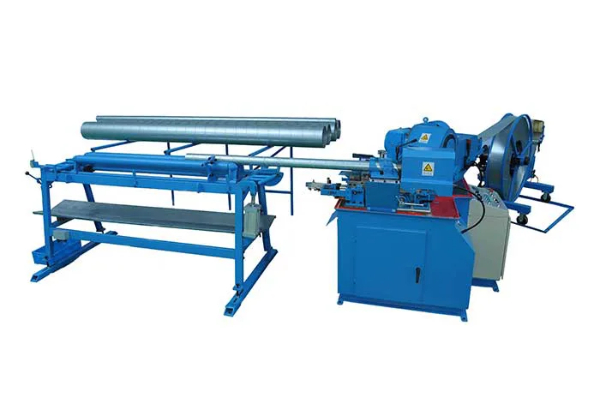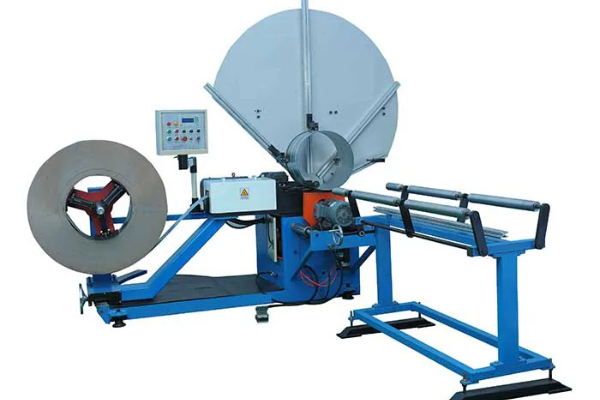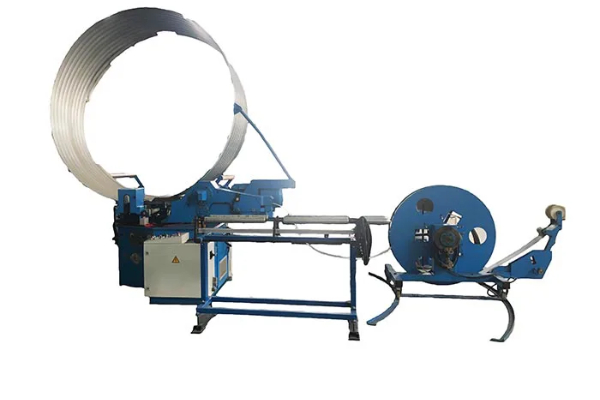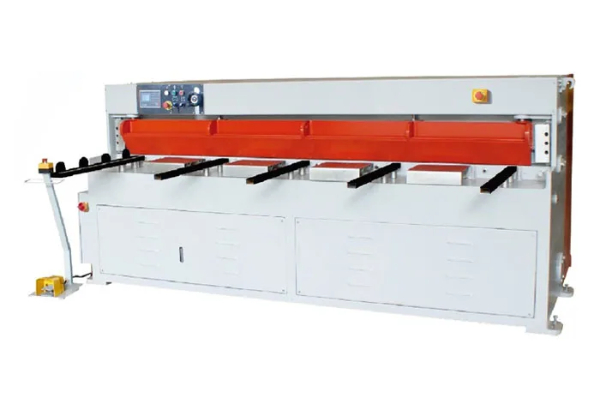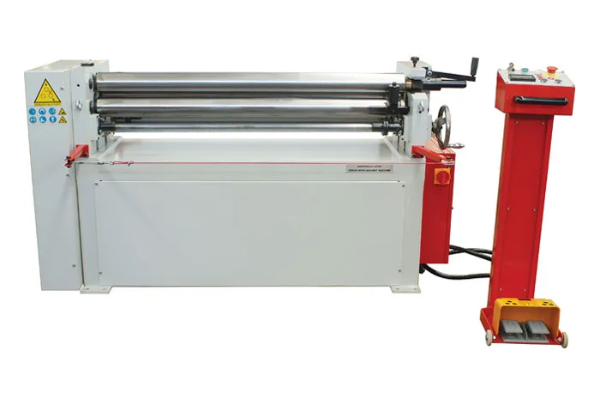
Tips for Proper Installation and Setup of Metal Bending Brakes
- By:Metmac
- 2024-08-09
- 108
Metal bending brakes are essential tools in the metalworking industry, used to shape and form sheet metal into precise angles and shapes. However, improper installation and setup can lead to inaccurate bends, reduced machine efficiency, and even safety hazards. To ensure optimal performance and safety, it is crucial to follow the manufacturer’s guidelines and industry best practices for installing and setting up metal bending brakes.
Site Preparation
1. Proper Foundation:
A stable and level foundation is essential to ensure accurate bending. Install the bending brake on a solid concrete floor or a vibration-absorbing pad to minimize movement during operation.
2. Electrical Requirements:
Check the manufacturer’s specifications for electrical requirements. Provide appropriate electrical wiring, voltage, and circuit protection to power the machine safely and efficiently.
Machine Installation
1. Leveling the Machine:
Using a level, adjust the leveling bolts or feet until the machine is perfectly level. Uneven surfaces can lead to misalignment and inaccurate bending.
2. Lubrication:
Lubricate the moving parts of the machine, including the ram, ram guides, and pivot points, according to the manufacturer’s instructions. Proper lubrication reduces friction and ensures smooth operation.
Brake Setup
1. Tooling Selection:
Select the appropriate die and punch tooling based on the material and thickness of the sheet metal being bent. Ensure that the tooling is sharp and in good condition to produce clean and precise bends.
2. Bend Angle Adjustment:
Set the bend angle by adjusting the ram stroke or by using a stop gauge. Calibrate the angle using a protractor or other measuring device to ensure accuracy.
3. Pressure Adjustment:
Adjust the clamping pressure to hold the sheet metal securely without causing damage or deformation. Excessive pressure can crush the sheet metal, while insufficient pressure can result in slippage during bending.
4. Safety Measures:
Install proper guarding and safety devices, such as foot pedals, light curtains, and emergency stop buttons. These measures help prevent accidents and protect the operator from injury.
Operator Training
1. Operator Training:
Thoroughly train operators on the safe and proper operation of the bending brake. This includes understanding machine functions, tooling setup, and safety procedures.
2. Pre-Operation Checks:
Establish a regular pre-operation checklist to ensure that all aspects of the machine, including tooling, guards, and safety features, are in proper working order.
-
Advanced Duct Machine AC and Fabrication Solutions from Metmac
2025/07/12 -
The Advantages of Using a Sheet Roll Forming Machine in Manufacturing
2024/09/14 -
How to Optimize Your Laser Sheet Cutting Machine for Maximum Performance
2024/09/12 -
How to Maximize Efficiency with Modern Sheet Metal Working Machines
2024/09/04
-
High-Precision Duct Forming, Cutting, and Bending Machines by Metmac
2025/07/12 -
Efficient Duct Board Cutter and HVAC Duct Machines for Sale by Metmac
2025/07/12 -
Efficient Laser Cutting Machines for Steel Plate and Sheet Metal Fabrication
2025/07/03 -
Versatile Sheet Metal Machinery for Precision Fabrication
2025/07/03
-
A Guide to the Latest Innovations in Sheet Metal Folding Machines
2024/11/29 -
Key Features to Consider When Investing in a Sheet Metal Folding Machine
2024/11/28 -
Enhancing Precision with Advanced Sheet Metal Folding Machines
2024/11/27 -
How to Choose the Right Sheet Metal Folding Machine for Your Workshop
2024/11/26
